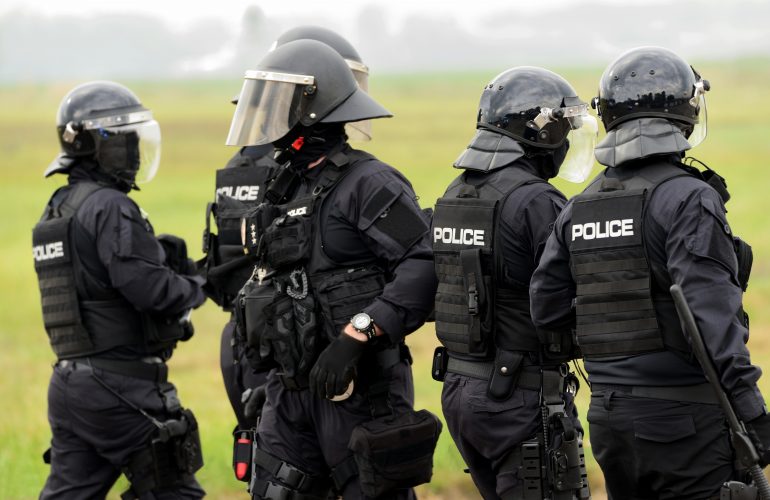Work-related stress and burnout effect numerous professionals including firefighters, police officers, EMTs, and healthcare workers. Many professionals would admit that their jobs are stressful every now and then or at times they feel burned out. Something far worse than job-related stress is post-traumatic stress disorder or PTSD. Work-related PTSD is an important condition which many professionals experience as they provide services to others in need. Thankfully, the symptoms of PTSD for many people will diminish over time and will not linger as a chronic emotional condition.
Background
Much has been written about stress reactions and work for centuries. A good deal of research has been conducted with military personnel, for instance, dating back to the Civil War. Soldiers who had severe stress reactions were said to be experiencing “Battlefield Fatigue”. During WWII, “Shell Shock” became the title to negative emotional reactions. It wasn’t until years after the Vietnam War that Post-Traumatic Stress Disorder was accepted as an official clinical diagnosis.
(NOTE: Interested in learning more about Employee Wellness? Checkout my Employee Wellness CEUs on CEU Academy and try a FREE CEU today!)
More women than men in the United States have PTSD. The lifetime prevalence is 10% for women and 5% for men, making women possibly more vulnerable to the disorder. The risk of developing PTSD depends on many factors including the nature of the traumatic event, the individual’s personality, life history, and events that take place after the trauma is over. Another important factor associated with PTSD developing or not is social support. People with healthy social networks that provide emotional support seem to do much better with PTSD. Additionally, pre-existing conditions like depression, anxiety or substance abuse make a significant difference in whether or not an individual fully develops PTSD.
While anyone who experiences traumatic events can develop PTSD, most stress reactions will diminish within days or months after the critical incident, and without any intervention whatsoever. Most people who don’t develop PTSD actually are strengthened by the event. They develop greater resilience, acceptance and personal growth.
Occupational Risks
Being a police officer these days is associated with increased and anticipated risk of exposure to life-threatening and potentially traumatic events. The prevalence of PTSD among police officers in almost 10 percent. Firefighters, on the other hand, have a prevalence of nearly 20 percent and can experience both direct and indirect stressors such as running into a burning building or watching others suffer terribly. Ambulance personnel also have a prevalence rate of 20 percent and report more health problems than individuals in other occupations. Healthcare professionals, especially nurses working in intensive care units and mental health facilities, run a high risk of experiencing PTSD. Death and suffering tend to be a part of a nurse’s work on a daily basis and eventually take a serious toll on the physical and emotional health of nurses. Mental health professionals, too, can be exposed to traumatic events and report high levels of PTSD symptoms. Other professionals running the risk of being exposed to a traumatic event and developing PTSD are train drivers, divers, journalists, sailors, and people working in banks.
Prevention & Treatment of Work-Related PTSD
Workplace prevention is key when it comes to reducing or eliminating PTSD. Three main strategies appear to work best: pre-employment selection, training in stress management and early intervention. Some people who work in dangerous occupations who experience trauma and do not develop PTSD could explain the idea behind pre-employment selection. People select the job they want and know the potential dangers involved, so based on their personality, they seem to be more resilient to PTSD. Ongoing training is also important and can be the difference between experiencing mild PTSD symptoms that fade away after a few weeks and full-blown PTSD. And last, early intervention is critical for people to regain their sense of control and empowerment. It involves therapy that stresses the normalization of feelings after a traumatic event and helps the individual communicate their feelings more honestly and openly.
(NOTE: Interested in learning more about Employee Wellness? Checkout my Employee Wellness CEUs on CEU Academy and try a FREE CEU today!)
More Employee Wellness Articles
- Spirituality and Health
- Caregiver Resilience
- Caregiver, Care for Thyself
- Teaching Employees the Power of Positive Thinking
- Are Your Employees Depressed?
- The Power of Purpose, Self-Motivation and Positive Attitudes in the Workplace
- Let’s Talk about… Stress!
- Caregiver Stress: Symptoms and Solutions

